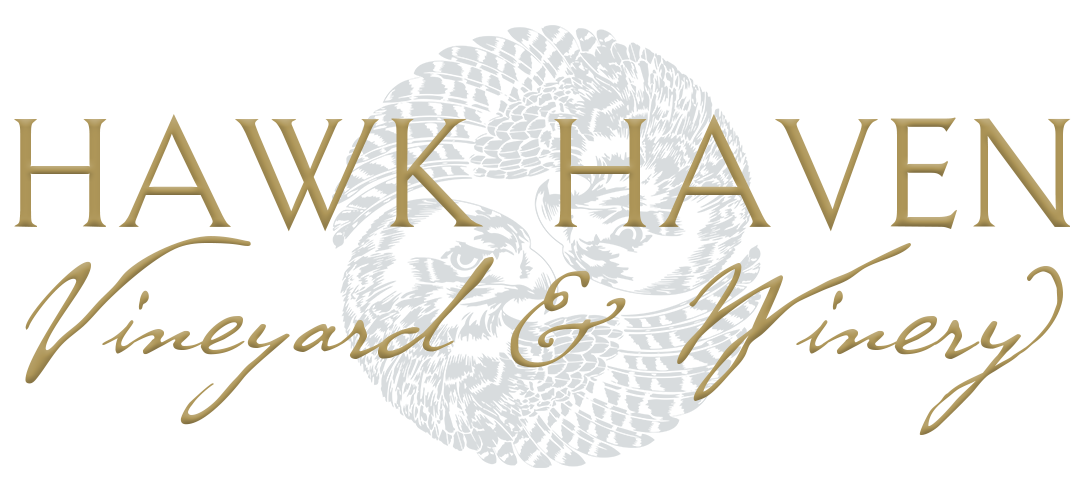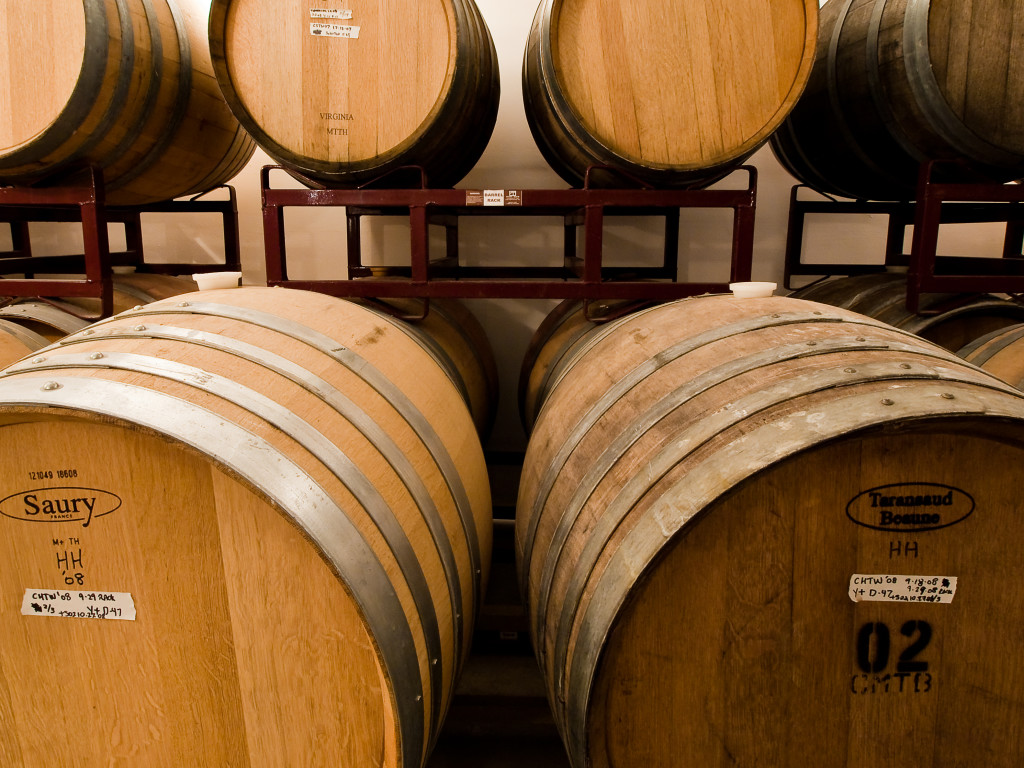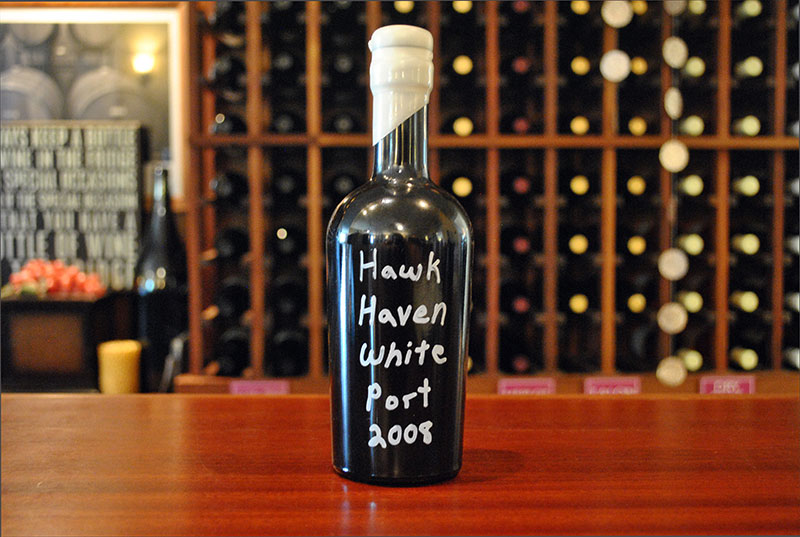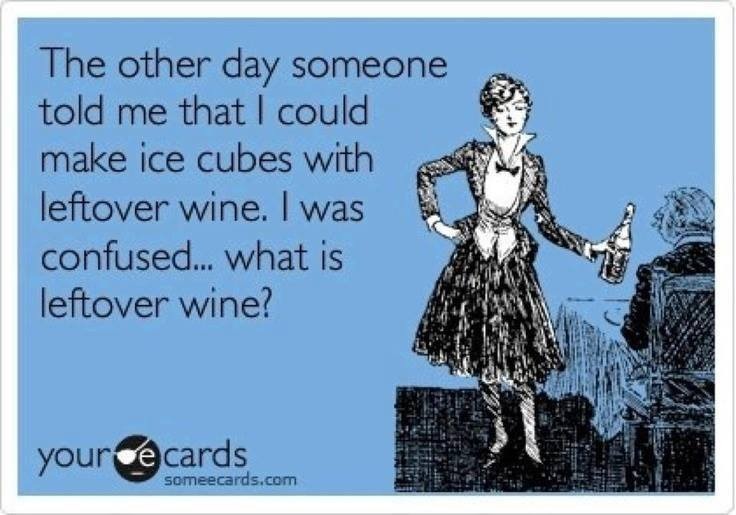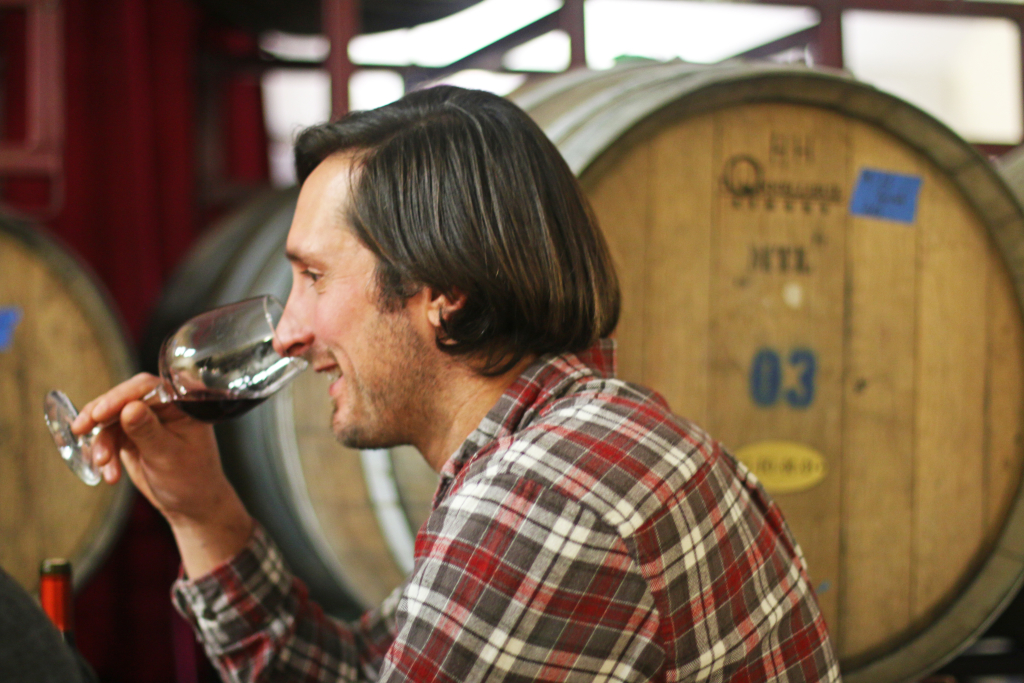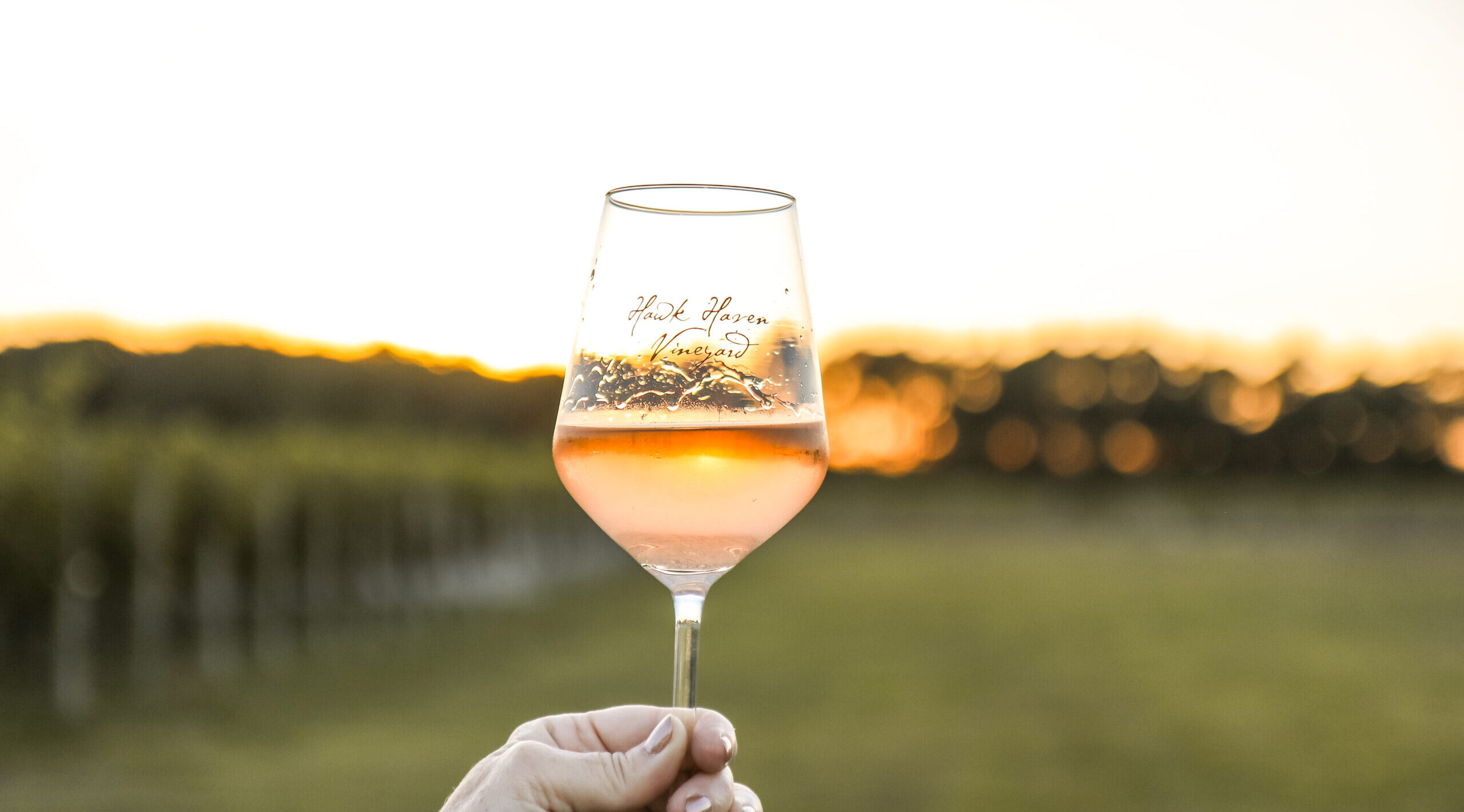Oak barrels have been used in wine production since the Roman Empire. The terms “barrel fermentation” and “barrel aging” are often used interchangeably, but they are in fact different processes. In this week’s Wine Wednesday, we’ll dive into the difference, as well as what we do for some of our white wines. .
Barrel Fermentation
In all fermentation, yeast consume sugar and convert it into alcohol and CO2. This process, for wine, can happen in a stainless-steel tank or in an oak barrel. When wine is fermented in the barrel, the fresh fruit aromas take on a more dried fruit quality as the yeasts extract the toasted, vanilla-like flavors from the wood. Additionally, a secondary fermentation called Malolactic Fermentation (ML) can occur. This months-long fermentation is caused by bacteria (Oenococcus oeni) rather than yeast. The bacteria convert malic acid (like in green apples) into lactic acid (like in cream). The conversion makes the wine creamier and rounder. A byproduct of ML is diacetyl, which is what makes butter taste like butter! This is why wines that have undergone ML might have a buttery flavor.
Barrel Aging
Oak aging has the ability to add length, depth, intensity, and complexity to a wine. It can add aromatic compounds like vanilla, tea, tobacco, and caramel, and can add tannin too. Wines can become softer, taste richer, and feel more substantial after oak aging. Oak is porous, meaning it allows for the perfect amount of water and alcohol to evaporate, and gives oxygen to access the wine. There are two main types of oak used in the United States for wine production: French and American. French oak tends to be more popular, as it adds more subtle flavors of vanilla and baking spices. American oak is more commonly used for bourbon and scotch, and adds intense flavors of dill, coconut, and even more vanilla. The impact of barrel aging depends on if the barrel is new or “seasoned” (used). New barrels will impart the most flavor and texture to a wine, whereas seasoned will have a more neutral impact. After about four uses, a barrel is considered neutral.
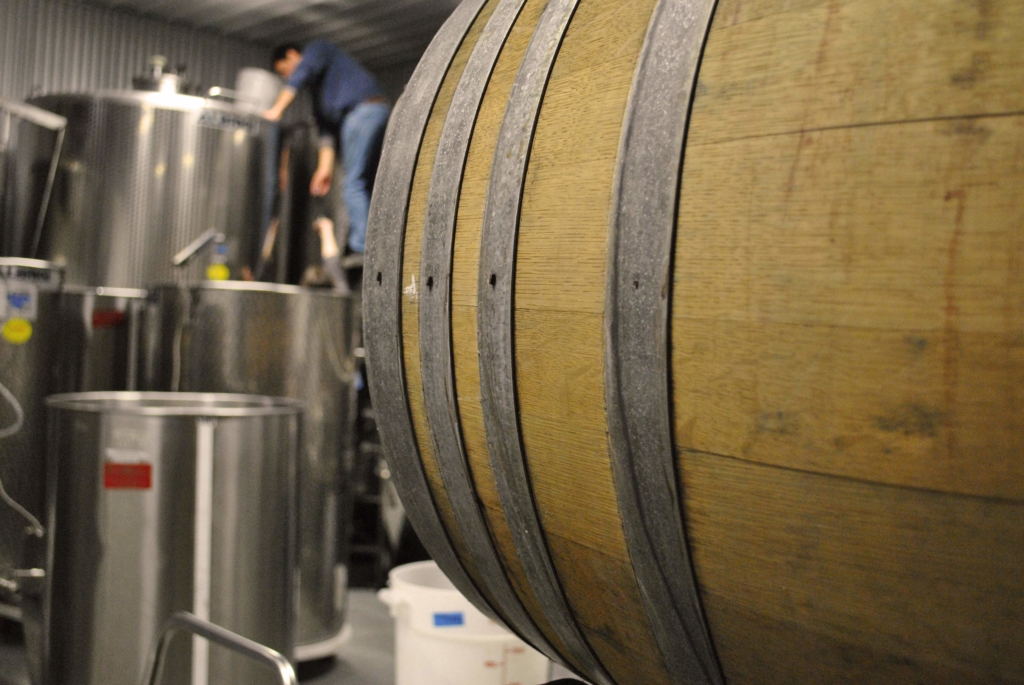
The Difference
Karen MacNeil best summarizes the difference between barrel fermenting and barrel aging in The Wine Bible: “Imagine a batch of chardonnay that is fermented in oak and then aged in oak for six months. Imaging a second batch that is fermented in stainless steel and then aged in oak for the same period. Although you might expect that the wine receiving two doses of oak would have the most pronounced oak and vanilla flavors, the opposite is actually true.” When the yeast from a barrel-fermented wine are removed, some of the oak flavors bind to the yeast and are removed alongside, meaning the wine will taste less oaky. Conversely, when a wine is put into a barrel without any yeast, like the stainless-steel-fermented batch, the wood flavors will stay in the wine, and it will therefore taste more oaky.
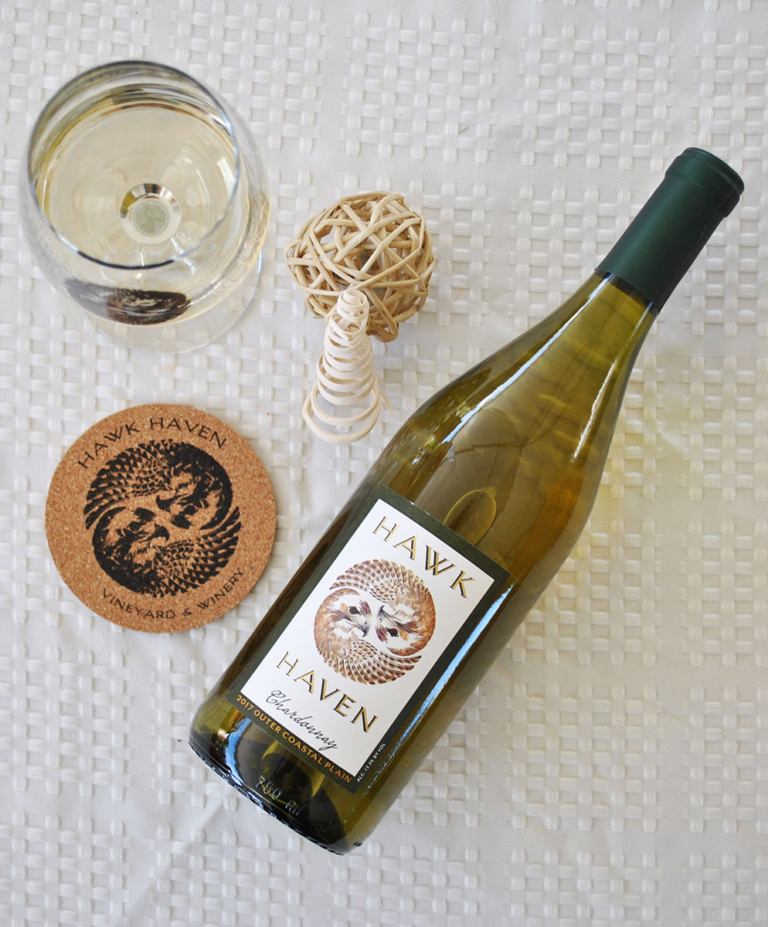
Hawk Haven Barrel Chardonnay and Reserve Chardonnay
At Hawk Haven, we produce our Barrel Chardonnay and our Reserve Chardonnay with both barrel fermentation and barrel aging. Our Barrel Chardonnay is fermented and then aged for 6 months, and only partially undergoes Malolactic fermentation, meaning that there is still some beautiful acidity in the wine. Our Reserve Chardonnay is made with premium, Dijon-clone grapes to wonderfully represent the classic Chardonnay style. We believe that using both barrel fermentation and aging perfectly balances our wines to be deliciously creamy, but still have some fruit character. Stop in soon to get your new favorite Chardonnay, and taste the difference!
